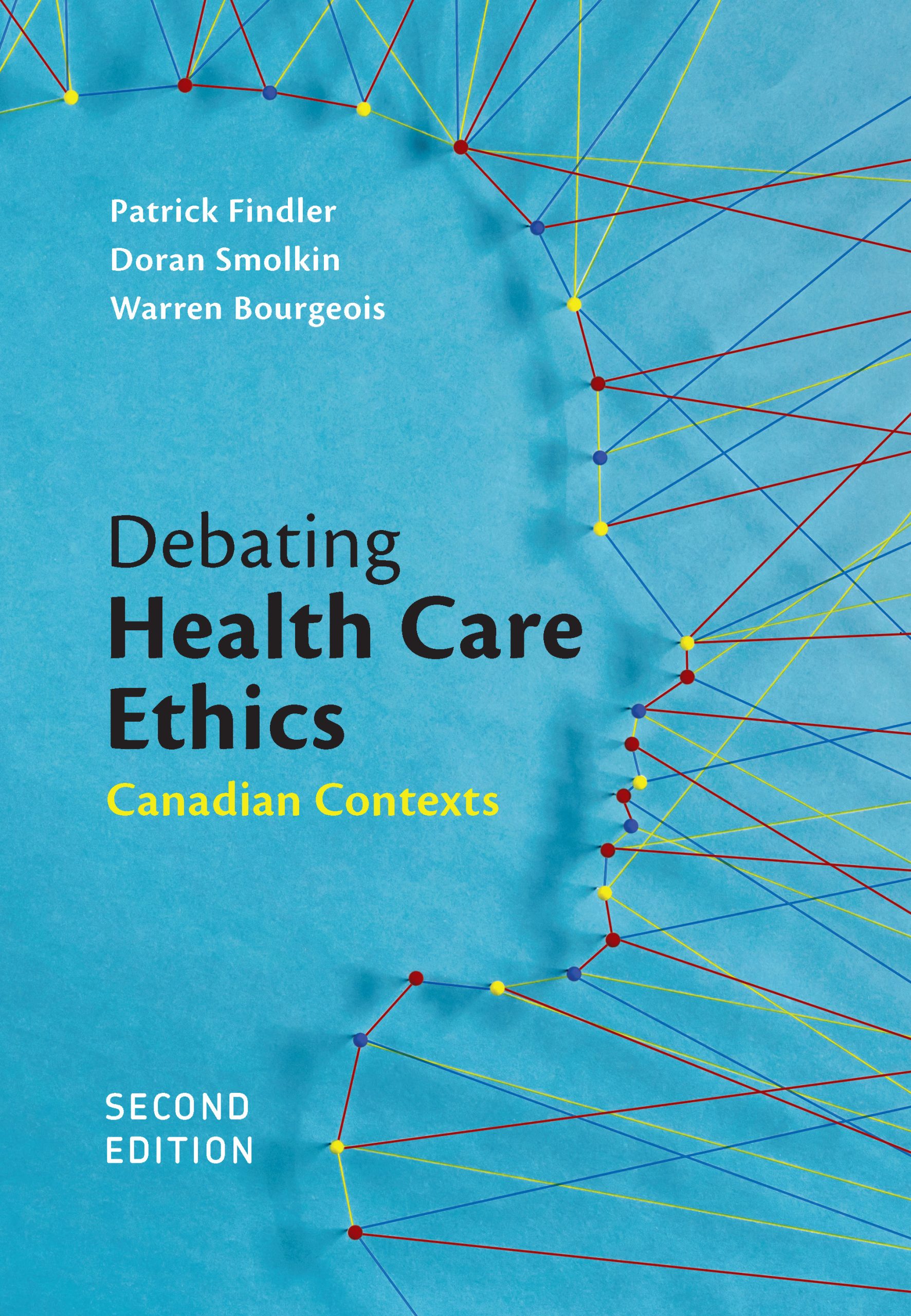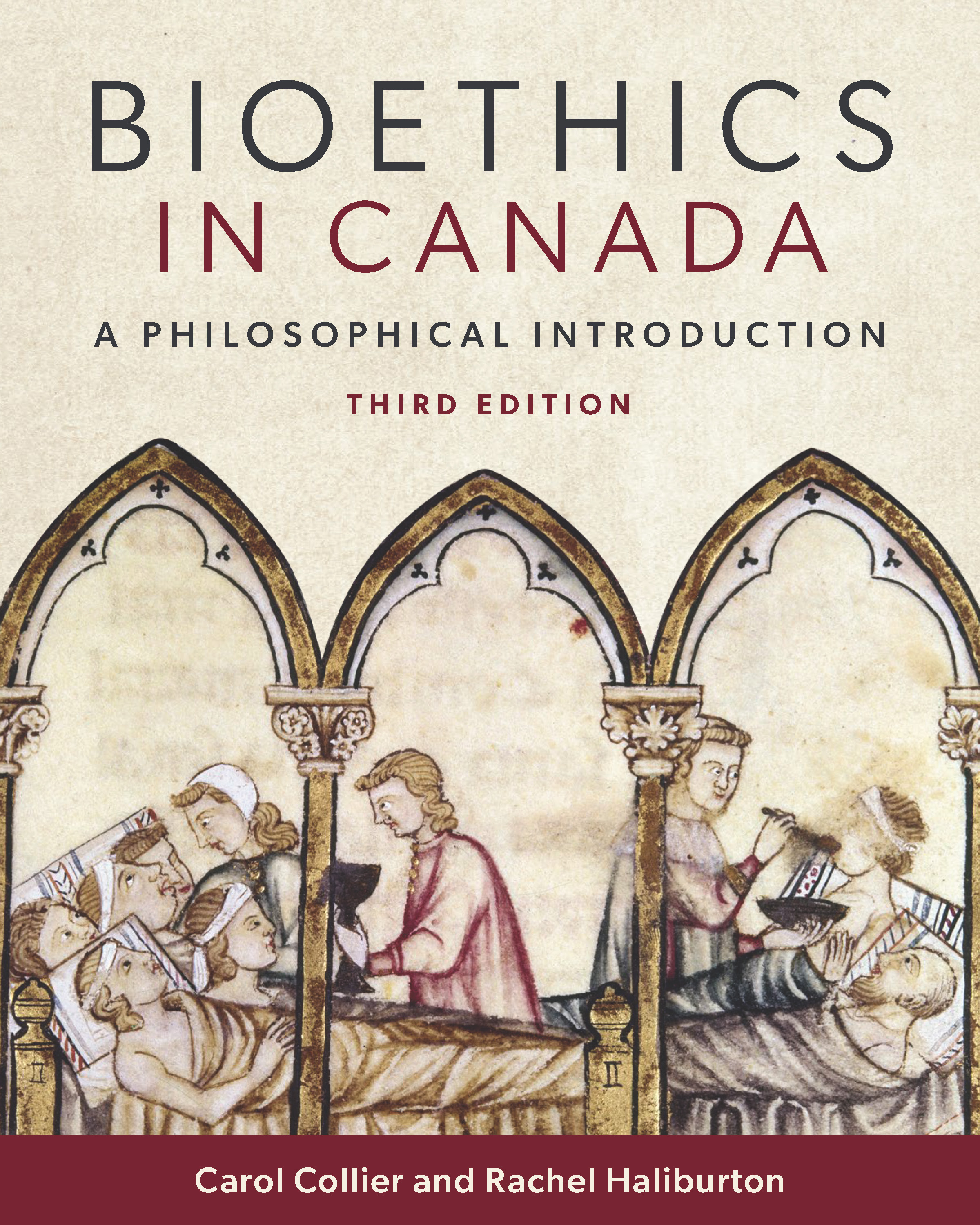Chapter 1: Arguments and Methodology
Introduction
Arguments
What Is an Argument?
Evaluating Arguments
Philosophical Methodology—Counterexamples and Thought Experiments
Common Fallacies
Circularity (a.k.a. Begging the Question)
False Dilemma
Equivocation
Appeal to Emotion
Straw Man
Ad Hominem
Conclusion
Review Questions
Notes
Chapter 2: Philosophical Ethics: An Introduction
Introduction
Three Types of Ethical Inquiry
Skeptical Concerns: Ethical Relativism
Normative Ethical Theory
Classical Act Utilitarianism
Objections to Utilitarianism
Utilitarian Responses
Rule Utilitarianism
Non-Consequentialism and Deontology
Kant’s Ethics
The Idea of Moral Worth
The Categorical Imperative
The Universal Law Formulation of the Categorical Imperative
The Humanity Version of the Categorical Imperative
Objections to the Universal Law and Humanity Tests
Pluralistic Deontology
Difficulties with Ross’s Theory
Social Contract Theory
Hobbes’s Social Contract Theory
Objections to Hobbes’s Social Contract Theory
Rawls’s Social Contract Theory: Justice as Fairness
Difficulties with Rawls’s Social Contract Theory
Aristotle’s Virtue Theory
Objections to Virtue Theory
Feminist Ethics
The Ethics of Care
Difficulties with the Ethics of Care
Status-Oriented Feminist Approaches
Conclusion
Review Questions
Notes
Chapter 3: Our Philosophical Approaches
Introduction
Doran’s Pluralistic Approach to Ethics
Leading Ethical Theories and Their Problems
Moral Pluralism
Patrick’s Virtue-Based Approach to Ethics
Metaethics
Normative Ethics
Some Objections and Responses
Warren’s Approach to Ethics: Practical Social Contract Theory
The Main Contractarian Ideas for Warren’s Purposes
The Committee Metaphor
The Video Game Metaphor
Warren’s Use of Social Contract Theory
Cultural Relativism
Ethics Regarding Non-humans
Social Contract Theory beyond Ethics
Warning
Conclusion
Review Questions
Notes
Chapter 4: Autonomy and the Right to Refuse Treatment
Introduction
Drama
Debate
Identifying Relevant Facts
Moral Issues Raised by the Case
Stating Our Positions
An Argument for the Right to Ignore Experts
Clarifying Premise (3)
Assuming Mr. Edwards Was Competent, Did His Health Care Team Err in Releasing Him from the Hospital When They Did?
Objections to Premise (5)
Was Mr. Edwards Competent?
The Gangrenous Foot Example
Incompetence to Refuse Medical Care: Skepticism without Reason
Competence and Psychiatric Evaluation
Did Mr. Edwards Give a Valid Refusal?
Objections to Premise (7)
Virtue May Overpower the Right to Refuse
Doubt Justifies Delay
Review Questions
Notes
Chapter 5: Euthanasia
Introduction
Case Description
Case Description: Tim Regan’s VAE
What Is Euthanasia?
Different Kinds of Euthanasia
Deciding Which Issues to Debate
The Morality of Voluntary Active Euthanasia
The Autonomy and Best Interest Argument for VAE
The Revised Autonomy and Best Interest Argument
The Sanctity of Life Objection to the Morality of VAE
Suicide and Hare’s Lorry Driver—More Counterexamples to the Sanctity of Life Principle
An Argument That the Moral Reasons against Killing Do Not Apply to VAE
An Argument That Euthanasia Is Wrong Because It Destroys What Belongs to God
A Counterexample to the Revised Autonomy and Best Interest Argument
The Morality of Non-Voluntary Active Euthanasia
The Best Interest Argument for NAE
Philippa Foot’s Objection to NAE
The Never-Best-Interest Objection to NAE
Summary
Review Questions
Notes
Chapter 6: Abortion
Introduction
Drama
Debate
Clarifying the Case and Identifying Relevant Facts
Moral Issues Raised by the Case
Stating Our Positions
Leading Arguments against the Morality of Abortion
Noonan’s Argument
Marquis’s Argument for the Wrongfulness of Abortion
The Argument that This Abortion Discriminates Against the Disabled
Patrick’s Virtue-Based Argument for Why Abortion Would Be Permissible in this Case
The Right to Life Weighed against Marissa and Don’s Virtues
Doran’s Argument That Marissa and Don’s Decision to Abort Was Morally Permissible
The Rationality Criterion for a Right to Life
The Life Criterion
The Sentience Criterion
The Addition of Rationality to Sentience
Objections to Doran’s Sentience-Based Criterion of a Right to Life
Summary
Review Questions
Notes
Chapter 7: C-Section by Choice
Introduction
Drama
Debate
Clarifying the Case and Identifying Relevant Facts
Moral Issues Raised by the Case
Stating Our Positions
Doran’s Argument for Why Wendy’s Decision Is Morally Permissible
Do Potential Harms Make Wendy’s Autonomous Choice Wrong?
Harms to the Baby
Harms to the Mother
Harms to Others besides the Baby and the Mother
Summary
Review Questions
Notes
Chapter 8: Two-Tier Health Care
Introduction
Drama
Debate
Clarifying the Case and Identifying Relevant Facts
Moral Issues Raised by the Case
Stating Our Positions
A Libertarian Argument
The Wilt Chamberlain Example
Is Redistributive Taxation Inherently Unjust?
The Complicity Objection to the Second Premise
The Compassion Objection to the Libertarian’s Second Premise
An Egalitarian Argument
The Self-Respect Argument
Two-Tier Arguments
Is Two-Tier MRI Permissible If It Does Not Harm the Public Health Care System?
Is Two-Tier MRI Permissible If It Benefits the Public Health Care System?
Warren’s Social Contract View on When Two-Tier MRI Is Justified
Patrick’s Virtue-Based View on When Two-Tier MRI Is Justified
Comments on Canada’s Current Public Health Care System
From the Political to the Individual
Closing Arguments
Summary
Review Questions
Notes
Chapter 9: Microallocation of Scarce Resources
Introduction
Drama
Debate
Clarifying the Case and Identifying Relevant Facts
Moral Issues Raised by the Case
Stating Our Positions
Microallocation Rules: Clinical Considerations
Warren’s Argument for Fair Microallocation Rules: Worst First, First Come, and Hopeless Second
Doran’s Objection to the Sympathy Metarule
Patrick’s Objection to the Sympathy Metarule
Objection to the Sufficiency of Hopeless Second
Minimize YPLL (Minimize Years of Potential Life Lost)
Substantial Benefit
Fair Turn
Microallocation Rules: Non-Clinical Considerations
Moral Responsibility
Innocents First
Third-Party Interests
Public Interest
Medical Interests
Collecting Our Thoughts
Summary
Review Questions
Notes
Chapter 10: Alternative Medications and Professional Relationships
Introduction
Drama
Debate
Clarifying the Case and Identifying Relevant Facts
Moral Issues Raised by the Case
Stating Our Positions
The Best Interest Principle
Patrick’s Frog Toxin Counterexample to the Best Interest Principle
The Ample Discretion Principle
Doran’s Indeterminacy Objection to Warren’s Principle
The Ample Discretion Principle Revised: Valid Consent of Competent Patients Only
Ample Discretion, Patient Competence, and Valid Consent
Ample Discretion and Patient Autonomy
The Ample Discretion Principle Revised (Again): Harm Avoidance
Against the Revised Ample Discretion Principle: The Division of Labour Objection
The Psychic Surgery Counterexample
More Counterexamples to the Ample Discretion Principle: Prayer and Other Unconventional Treatments
Final Thoughts
Summary
Review Questions
Notes
Glossary
Index


